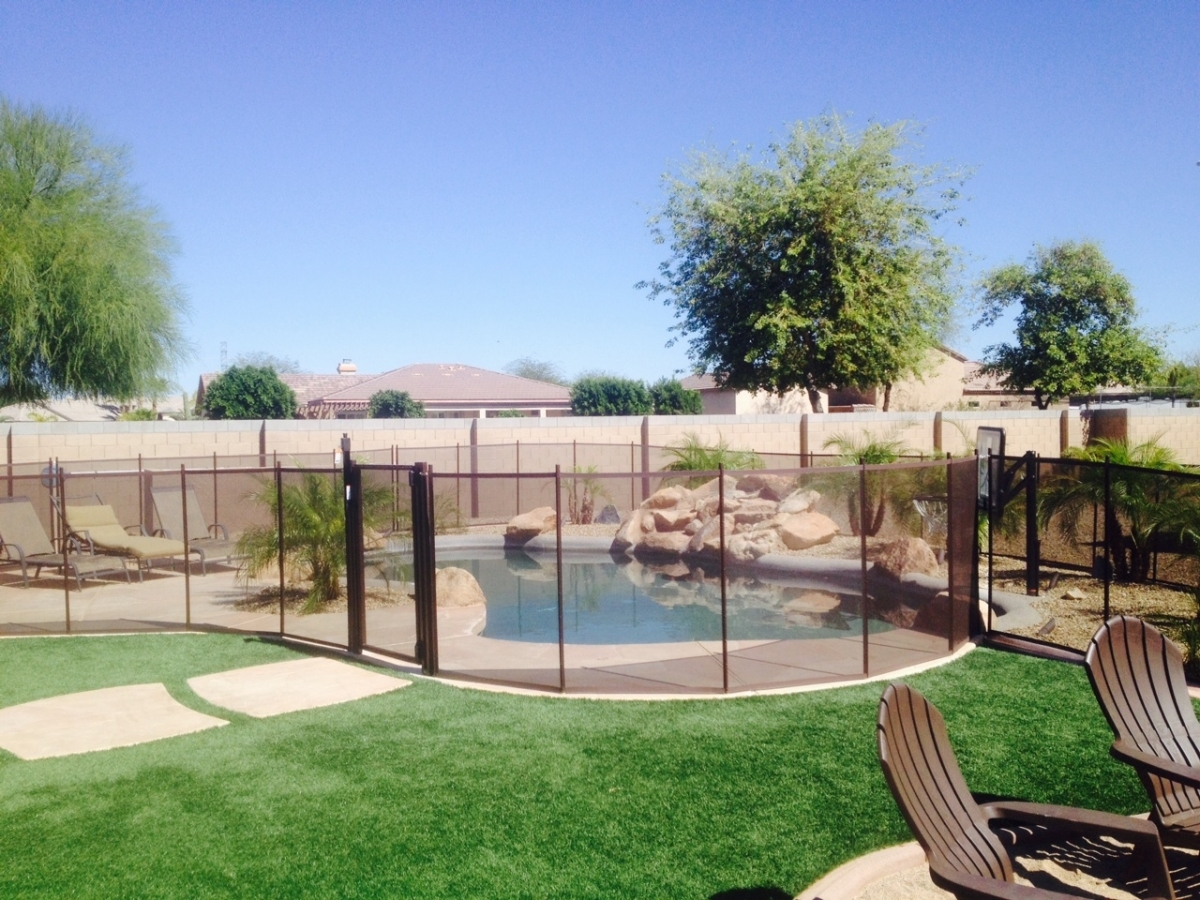Rise in Child Drowning during 2020: What all parents need to know
With Summer here and families still quarantined at home, the backyard pool - whether inflatable, in-ground or above ground - is replacing beach vacations for many of us. What many families with young children don’t realize is that drowning is the number one cause of injury death for children 1-4 years of age and the second leading cause of injury death for children 5-14 years of age.
Now that the COVID-19 pandemic has mandated a global lock-down, parents have no option than to work from home. However, this does not necessarily mean that they can keep their eyes on their children every second of the day. In Florida, 14 cases of child drownings have occurred since the beginning of 2020, which increased the state’s fatalities by 100% (Fox 13 News).
Since families are spending more time in their homes, they are more likely to get distracted from their online work and different things around the house. This creates more opportunities for children to find their way to the pool. What’s more,75% of drowning deaths of children younger than 15 occurred at a swimming pool located at a private residence (home pool, neighbors pool).

Water Safety for Kids - The Dangers of Floaties & Toddler Swim Vests
Water is everywhere, and anything can happen when you least expect it, especially when you have more than enough access to water. Many parents mistakenly assume that inflatable armbands/floaties will be enough to prevent a child from drowning, but that is definitely not the case. Even worse, these devices could make a child more susceptible to drowning since they teach children to swim in a vertical (drowning) position. Children who are non-swimmers will automatically go to an upright position due to their muscle memory if they forget or take off the flotation device. Drowning can then occur at a faster rate because of how the child is positioned in the water.
Without basic water survival skills training and formal swimming lessons, children are more susceptible to accidental injury, and drownings occur regardless of any floatable devices attached to them.

Swimming Lessons can Reduce the Risk of Drowning by 88%
Formal swimming lessons have been shown to decrease the risk of toddler drowning by as much as 88% in the one- to four-year-old age group. This goes to show the importance of formal swimming lessons in avoiding child drowning in any event that your child finds their way into a pool or body of water. Floatable devices will not always be there, but necessary water safety and survival skills will last a lifetime.
Provide Constant Supervision while Children are in the Water
While it seems obvious to every parent that we should be supervising our children in the water; distractions happen easily, especially in 2020 with our smart phone addictions. Drowning can happen in as little as 20 seconds and contrary to popular notion, most drownings occur silently with no loud thrashing or verbalization of distress. According to a study conducted by the CPSC, most drowning victims were being supervised by one of both parents at the time of the incident.
Designated supervisors should avoid any distractions such as cellphones, conversations or reading and devote 100% of their attention to the children. The Red Cross also recommends parents be within touch distance of non-swimmers and within arms’ reach for children under 4 years old.

Install Fences and Pool Barriers
In addition to formal swimming lessons, there are additional important layers of protection that are pertinent to keeping children safe. All pool owners with young children should install four-sided isolation fences that will keep the pool completely separate from the house and yard. This reduces a child’s risk of drowning by 83% compared to three-sided isolation fences that enclose the house and pool together (Centers for Disease Control and Prevention).
From my experience teaching swimming lessons, I have encountered many homes that did not have isolated fences. And evidently, I have had to catch some of my students when they accidentally slipped on the wet concrete and fell into the water. Despite my numerous warnings and drowning prevention exercises, some of my students still managed to fall into the water because they are over excited about their lessons and do not watch their steps. Formal swim lessons will help decrease the risk of kids drowning but no one is 100% safe from drowning and additional layers of protection are imperative.

Learn how to Perform CPR on Adults and Children
Seconds count in a drowning emergency and survival depends on rescuing the child quickly and restarting the breathing process. All parents should learn how to perform CPR and be prepared if a time comes where it is essential.
Advocating for Better Pool Safety Awareness
It is vitally important to a child’s safety that at least one parent or designated guardian keeps a watchful eye over any child that is openly out in the water, whether it be in a public pool, a neighbor’s pool, a lake, or even your home pool. With these stay-at-home orders in place, it is important to stay even more vigilant as dangers to your child will still be present in your home. Remember, most accidents happen quickly and more than 3 out of 4 drowning victims had been missing from sight for 5 minutes or less. By utilizing all of the layers of protection we can help prevent drowning tragedies and ensure your family is safer in and around the water.
ABOUT SUNSATIONAL SWIM SCHOOL
Sunsational Swim School is the 🥇 #1 rated provider of private, at-home swimming lessons in America. We have specialized swim instructors for students ages 6 months to adult, beginner to advanced. Featured on ABC, CBS, Impact 100, The List and others, Sunsational instructors have a minimum of 2 years of teaching experience, are CPR certified and insured, and have collectively taught over 302,223 lessons for more than 74,415 students nationwide!


